Do you struggle with playing at a consistent speed, sight reading rhythms, or just mentally grasping the beat of a song? If so, don't worry! There are many ways that you can improve your sense of rhythm and timing at the piano. Spending time and effort on the following tips will boost your musicality and help you become a more well-rounded pianist.
Want more expert tips to polish your rhythm and refine your practice skills? Check out my articles to learn how to play at a higher tempo, and how to master your pieces sooner.
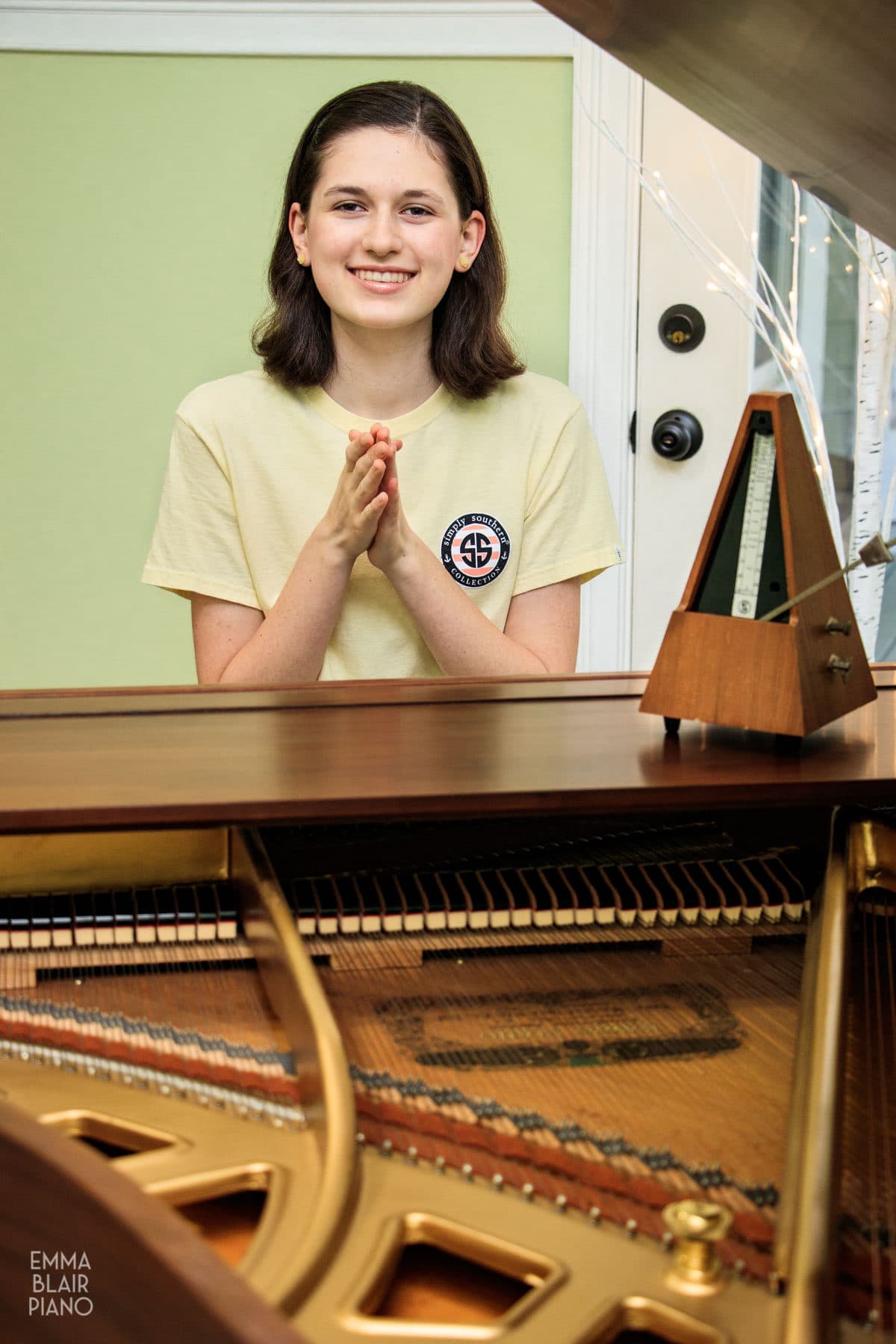
About Rhythm
The Merriam-Webster Dictionary defines rhythm as the "ordered recurrent alternation of strong and weak elements in the flow of sound and silence in speech." Basically, rhythm in music consists of sound patterns that accent certain beats.
Rhythm, like tone, is one of the foundational parts of music. Without the timing and accents that rhythm brings to the table, music would be nothing but a jumble of different tones. That's exactly why piano teachers spend so much time teaching us the different note values and time signatures, because without them, we wouldn't have good music.
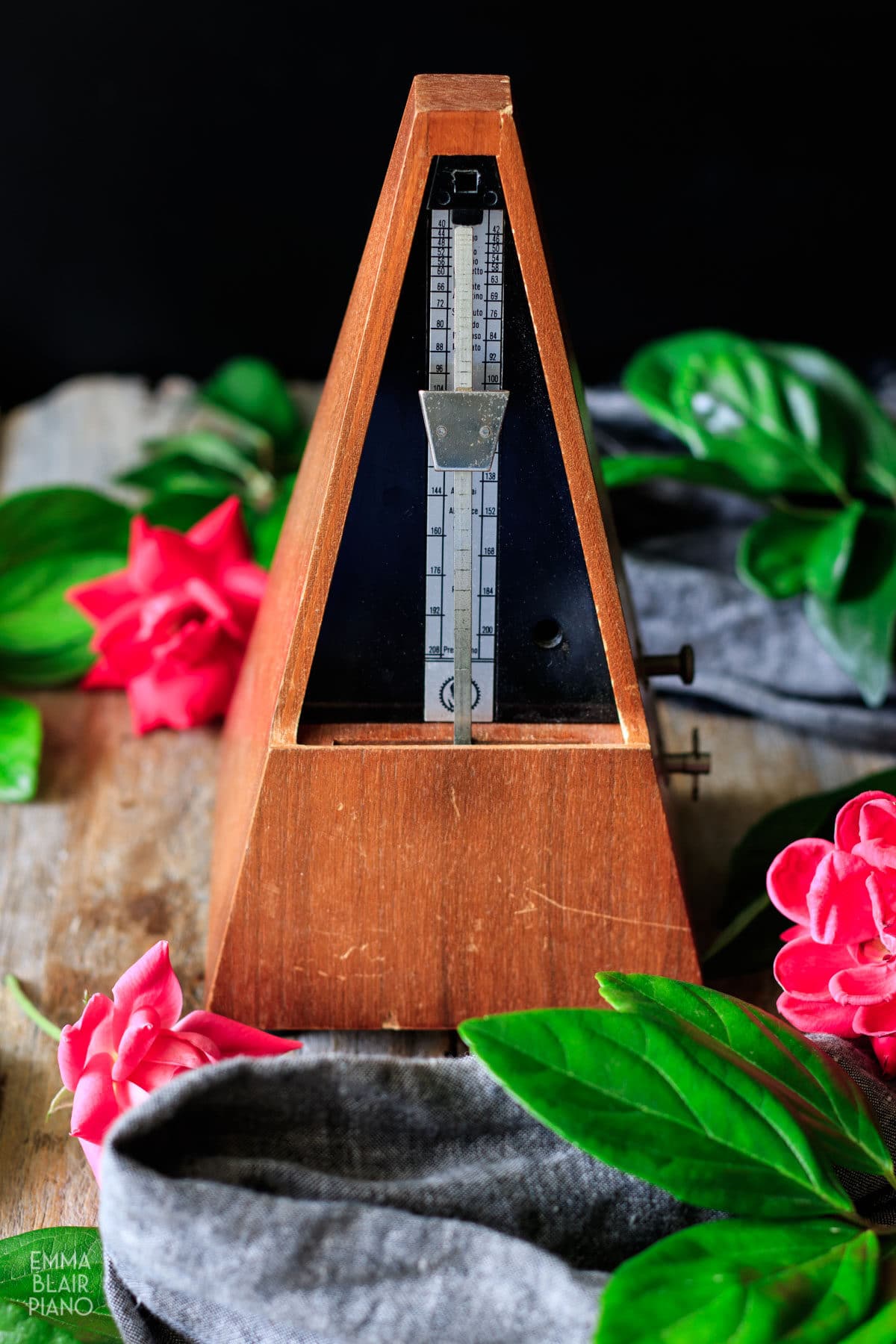
Identifying Issues
How do you know if you have a strong sense of rhythm or not? Ask yourself the following questions, and you'll have a good idea of your strengths and weaknesses in this area.
- Can I hum or clap back rhythms that I hear?
- Can I play rhythms by ear on the keyboard?
- Can I sight read rhythms from sheet music?
- Can I count a written rhythm aloud?
- Do I know how to count and play the values of all types of notes (whole, quarter, eighth, sixteenth, etc.)?
- Am I familiar with the common time signatures (4/4, ¾, 2/4, 2/2, 6/8, etc.)?
- Can I play my pieces at a consistent speed with consistent timing?
If you found yourself answering "no" to many of the questions above, don't be discouraged. Even naturally talented musicians need to spend a lot of time over many years improving their sense of rhythm and timing. Tackle your weakest areas first, practice consistently, and stick with it; you'll improve with time!
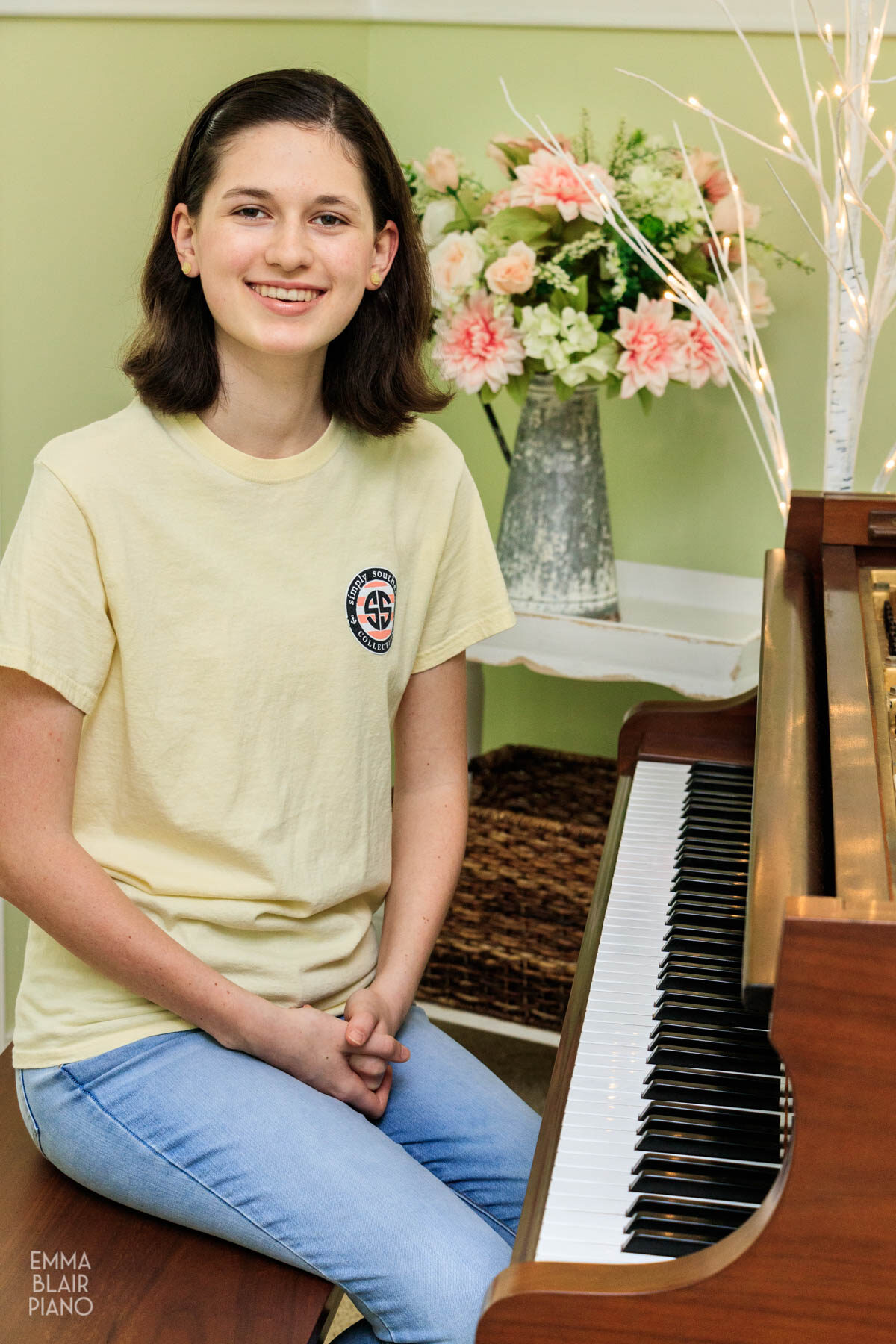
Exercises & Tips
Count out loud.
Especially when you're playing with sheet music, counting aloud is extremely important. Many times, you'll instantly recognize your mistakes when you count aloud, and it will also help you play at a consistent speed.
Listen to music intentionally.
Everyone listens to music all the time, but make sure to pay attention when you listen. The next time you put on your favorite album, see if you can tap or clap along with the beat. Can you recognize the accented beats? Try counting aloud to see if you can identify the time signature of the song.
If you do this, you'll be amazed at how quickly you will pick up on the beat. With time, you'll be able to recognize by ear in what time signature a song is written, too!
Tap your foot, clap, or dance to the rhythm.
Using your hands, arms, legs, and feet will help your brain remember the beat and focus on the rhythm.

Practice your ear training.
It's easy to neglect this important aspect of your musical training, but fortunately there are many fun ways to work on this skill. I love using the Royal Conservatory of Music's online ear training, as it's simple to use and covers the levels from beginner to advanced. Strengthening your ear will help you clap back and play back rhythms and identify intervals and chords, which is helpful whether you play with sheet music or by ear.
Play with a metronome.
Although few students enjoy practicing with a metronome, it is an invaluable tool that can often help you overcome timing and rhythm issues in a piece. Most pieces will have suggested metronome markings, but make sure to always practice the piece at the minimum of half the performance speed until you have mastered the entire song. Practicing it at too quick of a tempo will introduce new mistakes into your playing, and will make it very difficult to master the piece.
Play with accompaniment.
Whether you have musician friends or simply want to play along with a drum loop, having accompaniment can really improve your sense of timing and rhythm. As a solo artist, it can be easy to fake your way through sections of a piece, but when you're playing with others, you have to stay together! Playing along with more experienced musicians will help you grow in your piano skills and will be a lot of fun.

Conclusion
Whether you already have a good sense of rhythm or not, there's always room for improvement. Remember not to be discouraged about your musicality skills; everyone has to start somewhere, and if you work correctly and diligently, you'll only get better!
Do you have tips for improving your musicality? Let me know in the comments; I'd love to hear your suggestions!
Want to become a better pianist? Check out these other articles.



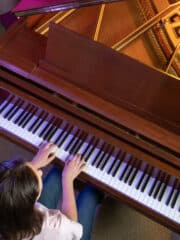

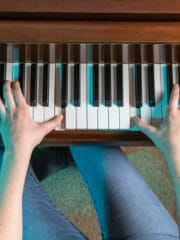
Leave a Comment